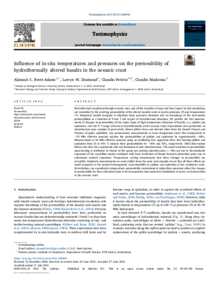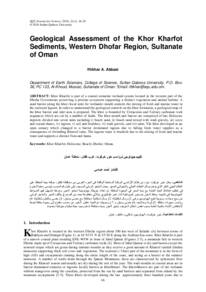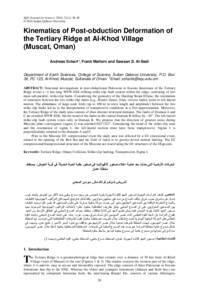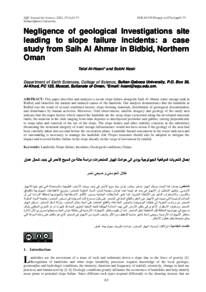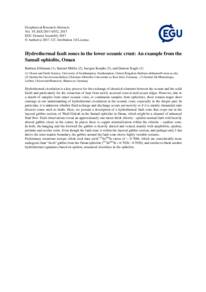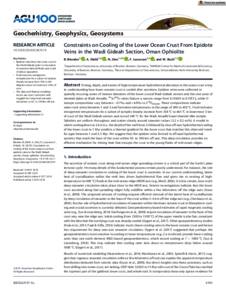Document
Influence of in-situ temperatures and pressures on the permeability of hydrothermally altered basalts in the oceanic crust.
Identifier
DOI: 10.1016/j.tecto.2021.228994
Source
Tectonophysics. v. 815, 228994
Contributors
Country
Netherlands.
City
Amsterdam
Publisher
Elsevier B.V.
Gregorian
2021-09-20
Language
English
English abstract
Hydrothermal circulation through oceanic crust, and all the transfers of mass and heat caused by this circulation, are controlled by the evolving permeability of the altered basaltic rocks at in-situ pressures (P) and temperatures (T). Numerical models designed to elucidate these processes therefore rely on knowledge of the rock-matrix permeabilities as a function of P and T and degree of hydrothermal alteration. We provide the first measurements of changes in permeability of two major types of high-temperature alteration of basalts, i.e., spilites and epidosites, over the P–T range relevant to hydrothermally active oceanic crust. Experiments were performed on microfracture-poor samples of pervasively altered pillow lavas and sheeted dikes from the Semail (Oman) and Troodos (Cyprus) ophiolites. Gas permeameter measurements at room temperature show that compression to ~55 MPa effective pressure reduces the permeabilities of spilites and epidosites by approximately ~80%. Measurements at 50 MPa effective pressure using an oscillating flow apparatus show that heating spilites and epidosites from 25 to 450 °C reduces their permeabilities by ~40% and 50%, respectively. SEM observations before and after the experiments rule out formation of new microfractures. The small reduction in permeability upon heating is attributed to closure of the sparse pre-existing microfractures (> 200 μm) due to thermoelastic expansion of the crystalline matrix combined with local restriction of throats between interstitial pores due to anisotropic mineral expansion. Temperature cycling demonstrates that these changes in permeability are reversible. Duplicate measurements on cores drilled from the same rock samples reveal that all these effects are small compared to the natural heterogeneity of permeability in spilites and epidosites at the centimeter scale. Nevertheless, our quantitative temperature–permeability correlations at subseafloor pressures allow the changes in permeability for these alteration types to be incorporated into numerical simulations of water–rock interaction in the oceanic crust.
ISSN
0040-1951
Category
Journal articles

